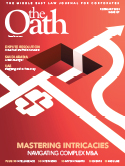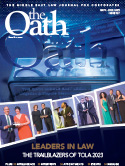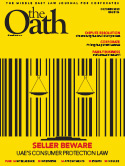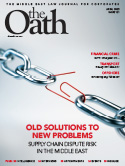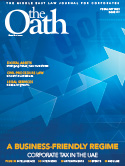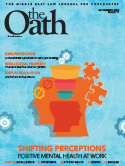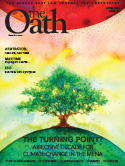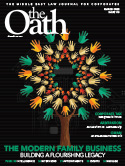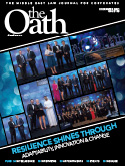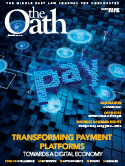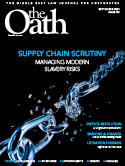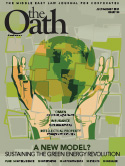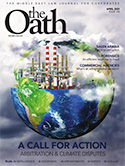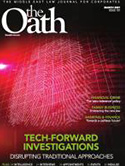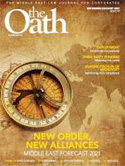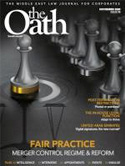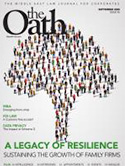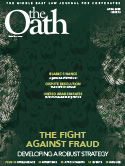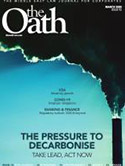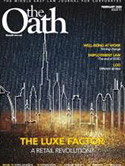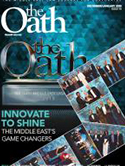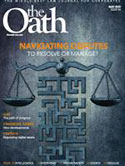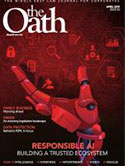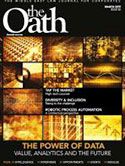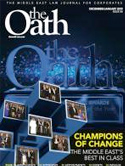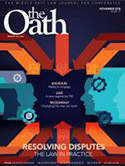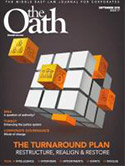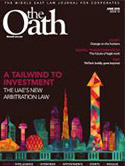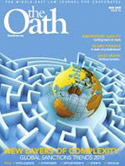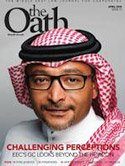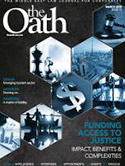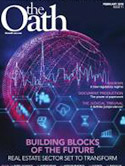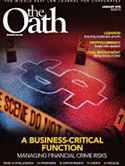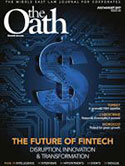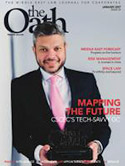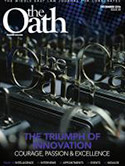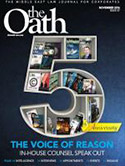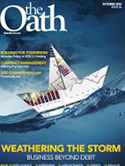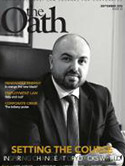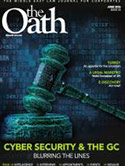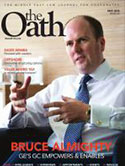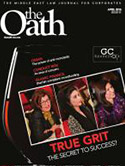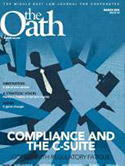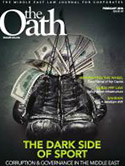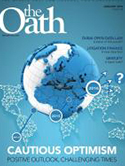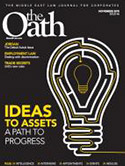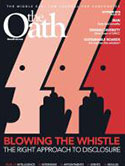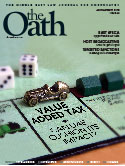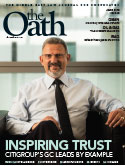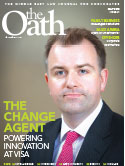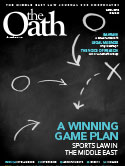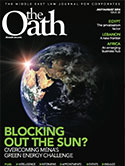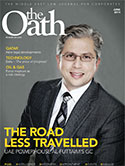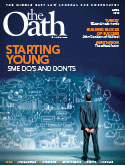Making unstoppable teams, via power pop
And we can build this dream together
Standing strong forever
Nothing's gonna stop us now
– Starship – Nothing’s Gonna Stop Us Now[1]
When was the last time you heard someone suggest that working as a team would be a terrible idea? I’m guessing it’s probably a while ago – on a societal level, we seem to have accepted that working as a team is always the best way forward.
But if you stop to think about it, this is strange. Teams fail far more often than they succeed. Members disagree on what the team’s supposed to be doing. They fail to co-ordinate, or spend so much time co-ordinating with each other that they forget to progress the task the team has been set. How do you set up a team to maximise success?
Alain Goudsmet is a speaker and executive coach. He has trained and coached the Belgian national tennis team, and was the ‘mental coach’ to the Belgian men’s and women’s national field hockey teams. Working with INSEAD professor Ludo Van Der Heyden, Goudsmet has developed a hierarchical model for high performance teams.
At stage one of the model, members of the team make three agreements: first, on clear, timely and measurable goals; second, on the team’s values, and how these will be exhibited; and third, on the rules the team will follow (and what the team will do if its rules are broken). Stage two is about organising and blending the team. What are the individual roles that must be fulfilling if the team is to succeed? Are the right people in place in each role? Do those people understand their responsibilities? Finally, stage three of the model is about the individuals within the team, and particularly ensuring all team members are helping to sustain the commitments made in stage one.
I find stage one the most interesting part of this model. It provides an explanation for why so many teams fail. As I note above, Goudsmet’s model is ‘hierarchical’ – without the preparation that comes in stage one, there can be no transition to stages two and three. And yet, think about how little attention is paid to stage one before stage two starts: leaders visualise a general goal (“more profit!”), throw a team together based on job descriptions or who happens to be around at the time, and then impose the goal on that team. Similarly, it seems obvious that the process of achieving a goal should commence with agreement on that goal – but I expect that every reader of this article will be able to recall a situation in which they were part of a team where the goal was not set by the team (reducing ownership and commitment) or was vague, variable or non-existent (practically guaranteeing failure).
Perhaps less obvious is the prominence afforded to values. Today, it seems like every company espouses a set of values, often using the same aspirational words like “integrity” and (in a display of limited creativity) “value”. But what influence do individuals within these companies have over the setting of these values? What steps are leaders in these companies prepared to take to ensure these values are observed? Do the values ‘live’?
As J. Richard Hackman of Harvard University puts it, “even the best leader on the planet can’t make a team do well. All anyone can do is increase the likelihood that a team will be great”. You may not buy into all three steps of Alain Goudsmet’s model. However, you may still find it useful in assessing whether you are doing all you can to set your teams on the path to success.
Text by:

Andrew Cooke, general counsel, Flash Entertainment
[1]M Warren, Diane Eve / Hammond, Albert Louis © Universal Music Publishing Group, Realsongs







